http://www.sbs.com.au/films/article/single/8647/Guess-who's-coming-to-dinner?
Alexander Pearce, convict cannibal


Port Arthur convict settlement 1838 - only the worst were sent there.
The convict experience
In the mid-1830s only around six per cent of the convict population were 'locked up', the majority working for free settlers and the authorities around the nation. Even so, convicts were often subject to cruelties such as leg-irons and the lash. Places like Port Arthur or Norfolk Island were well known for this. Convicts sometimes shared deplorable conditions. One convict described the working thus:
'We have to work from 14-18 hours a day, sometimes up to our knees in cold water, 'til we are ready to sink with fatigue... The inhuman driver struck one, John Smith, with a heavy thong.'
The experience of these convicts is recorded through the first Australian folk songs written by convicts. Convict songs like Jim Jones, Van Diemen's Land, and Moreton Bay were often sad or critical. Convicts such as Francis Macnamara (known as 'Frankie the Poet') were flogged for composing original ballads with lines critical of their captors.
In addition to the physical demands of convict life, some convicts arrived without sufficient English to communicate easily with others:
By 1852, about 1,800 of the convicts had been sentenced in Wales. Many who were sent there could only speak Welsh, so as well as being exiled to a strange country they were unable to speak with most of their fellow convicts.
A new drama explores why Alexander Pearce became Australia's most infamous escapee, writes Paul Kalina.
AS GOTHIC stories of Australia's convicts are concerned, none is more horrific, bizarre or, pardon the pun, unpalatable than that of cannibal, convict and escape artist Alexander Pearce.
The brief version goes like this. Pearce, an Irish farm labourer, was transported to Van Diemen's Land in 1819 for the crime of stealing six pairs of shoes.
After repeated misdemeanours, he was sentenced to the notorious hellhole Sarah Island on the island's rugged west coast. There he was subjected to what would today be classified as torture.
Escape from Sarah Island was regarded as impossible and futile, yet Pearce and seven others succeeded.
They soon found themselves lost and exhausted in the wilderness. With no food to sustain them they resorted to killing and eating one of their own.
Eventually, only Pearce and Robert Greenhill, a former sailor, remained.
Remarkably, Pearce found his way to farming districts, spent several months on the lam, and was eventually found.
Recaptured, he confessed what happened in the bush. The magistrate, however, refused to believe his confession and Pearce was returned to Sarah Island to complete his sentence.
Once again, he escaped. This time he surrendered, but the evidence of murder and cannibalism was incontestable and Pearce was sentenced to hang.
Enter Father Philip Conolly, a Catholic priest who hailed from the same county in Ireland as Pearce. Conolly recorded Pearce's confessions (in Gaelic) and accompanied him to the gallows where, it seems (accounts vary), he made an impassioned speech condemning the harsh treatment of the prisoner. In another fitting twist in this cruel fable, Pearce's skull was cannibalised for medical research, eventually turning up in a museum in Massachusetts.
Back in its day, the story of Alexander Pearce generated sensational talk and speculation in the colony, England and the US. It later became enmeshed with the "penny dreadful" story of Sweeney Todd, the homicidal barber of 19th century London.
Even today many Tasmanians believe that the island's Pieman River was named after Pearce. (In fact it is named after Thomas Kent, a baker transported to Macquarie Harbour who was found near the mouth of the river after escaping.)
"The trouble with the story is you have one witness," says Ciaran McMenamin, the Irish actor who plays Pearce in the dramatised Irish-Australian co-production The Last Confession of Alexander Pearce. "So the first decision is what to make of his confession.
Transportation to the other British colonies
Van Diemen's Land
![Charles Hutchkins, The penal settlement of Port Arthur, Van Dieman's [sic] Land, 1845.](http://www.cultureandrecreation.gov.au/articles/convicts/images/portarthur_web.jpg)
Charles Hutchkins, The penal settlement of Port Arthur, Van Dieman's [sic] Land, 1845, lithograph. Image courtesy of the National Library of Australia: nla.pic-an6820618.
The colony of Van Diemen's Land was established in its own right in 1825 and officially became known as Tasmania in 1856. In the 50 years from 1803-1853 around 75,000 convicts were transported to Tasmania. By 1835 there were over 800 convicts working in chain-gangs at the infamous Port Arthur penal station, which operated between 1830 and 1877.
Western Australia
Western Australia was established in 1827 and proclaimed a British penal settlement in 1849 with the first convicts arriving in 1850. Rottnest Island, off the coast of Perth, became the colony's convict settlement in 1838 and was used for local colonial offenders.
Just under 10,000 British convicts were sent directly to the colony in the 18 years to 1868. They were used by local settlers as labour to develop the region. On January 9, 1868, Australia's last convict ship, theHougoumont unloaded the final 269 convicts.
Victoria
In 1851 Victoria (Port Phillip District) separated from New South Wales. Apart from the early attempts at settlement, the only convicts sent directly to Victoria from Britain were about 1,750 convicts known as the 'Exiles'. They arrived between 1844 and 1849. They were also referred to as the 'Pentonvillians' because most of them came from Pentonville Probationary Prison in England.
Queensland
In 1859 Queensland separated from New South Wales. In 1824, the penal colony at Redcliffe was established by Lieutenant John Oxley. Known as the Moreton Bay Settlement, it later moved to the site now called Brisbane.
The main inhabitants of 'Brisbane Town', as it was known, were the convicts of the Moreton Bay Penal Station until it was closed in 1839. Around 2,280 convicts were sent to the settlement in those fifteen years.
The abolition of transportation
Transportation to the colony of New South Wales was officially abolished on 1 October 1850, and in 1853 the order to abolish transportation to Van Diemen's Land was formally announced.
South Australia, and the Northern Territory of South Australia, never accepted convicts directly from England, but still had many ex-convicts from the other States. After they had been given limited freedom, many convicts were allowed to travel as far as New Zealand to make a fresh start, even if they were not allowed to return home to England.
At the time, there was also a great deal of pressure to abolish transportation. Given that only a small percentage of the convict population was locked up, many believed that transportation to Australia was an inappropriate punishment - that it did not deliver 'a just measure of pain'. This, combined with the employment needs of Australia's thriving population, ensured the abolition of convict transportation.
Convicts in film and television
The novel For the Term of his Natural Life by Marcus Clarke (1846-1881) is a story about a young man who is wrongly accused of murder and transported to Australia as a convict. A film based on the novel was directed and produced in 1927 by Norman Dawn. The novel was also adapted as a television serial in 1983.
The last confessions of Alexander Pearce (2008) is a one-hour television drama telling the 180-year-old story of the escaped cannibal convict Alexander Pearce. The story is centred on the colony's Catholic priest, who heard Pearce's confession after he was recaptured. The story was co-written by producer Nial Fulton and director Michael James Rowland.
Related sites
This is a comprehensive website which provides information on many convicts that came to A...
The Descendants of Convicts Group aims to educate members on matters pertaining to the con...
This site takes you back in years when Australia was in its youth, when convict labour for...
Fremantle Prison was built by convicts in the 1850s and was closed as a place of incarcera...
The Dead Persons' Society aims to promote an interest in genealogy via the internet (or bu...
Related Culture Portal Stories
- Bush songs and music
- Convict women in Port Jackson
- Colonial women
- Early bushrangers
- Early explorers
- European discovery and the colonisation of Australia
- Folklore
- Folk music
Useful links
First Fleet and early history
- Australian heritage photographic library
- The Founders of a Nation: Australia's First Fleet—1788—Cathy Dunn and Marion McCreadie
- First Fleet Online
- Law and justice
- A Narrative of the Expedition to Botany Bay
- A Complete Account of the Settlement at Port Jackson
Heritage listed convict sites
- Brickendon Estate, Tasmania
- Cascades Female Factory, Hobart
- Coal Mines Historic Site, Tasman Peninsula
- Cockatoo Island, Sydney
- Commissariat Stores, Brisbane
- Darlington Probation Station, Maria Island
- Fremantle Prison, Western Australia
- Hyde Park Barracks, Sydney
- Kingston and Arthurs Vale Historic Area (KAVHA), Norfolk Island
- Old Government House and Government Domain, Parramatta
- Old Great North Road
- Port Arthur Historic Site, Tasmania
- Richmond Bridge, Tasmania
- Windmill Tower, Brisbane
- Woolmers Estate, Tasmania
Convicts
- Convict Life
- Convict Australia: Convict Life
- Convict tokens - National Museum of Australia
- Convict transportation registers 1787-1867 database
- Database of details on persons convicted in South Australian courts to transportation
- National Archives of Ireland: Transportation Records Database
- Norfolk Island
Convict women
- Convict Women and Sexual Subjugation in Nineteenth-Century Australia
- Disrupting the Boundaries: Resistance and Convict Women, by Joy Damousi
- The History of Female Prostitution in Australia, by Raelene Frances
Genealogy
- Claim a convict—A complete alphabetical listing of the convicts transported to New South Wales between 1793 and early 1800
- Convicts to Australia: A Guide to Researching Your Convict Ancestors
- Descendants of Convicts Group
- Internet Family History Association of Australia: Genealogy Course
- Family History: Convicts—State Library of New South Wales
Listen, look and play
- Convict Sydney, videos and articles. Historic Houses Trust.
- James Porter and the capture of the Frederick 2009, audio. ABC Radio.
- Fremantle Prison, video, 5 mins. Part of Australia's Heritage: National Treasures. Screen Australia.
Other resources
- Australia—Birth of a Nation 2006, DVD recording, On the Mark Film Productions

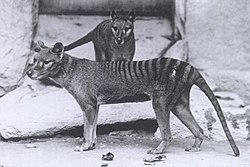
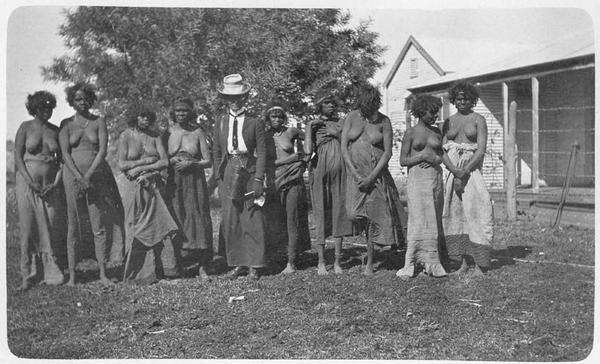



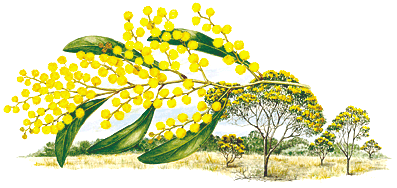


+copy.jpg)










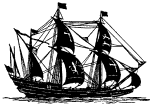





















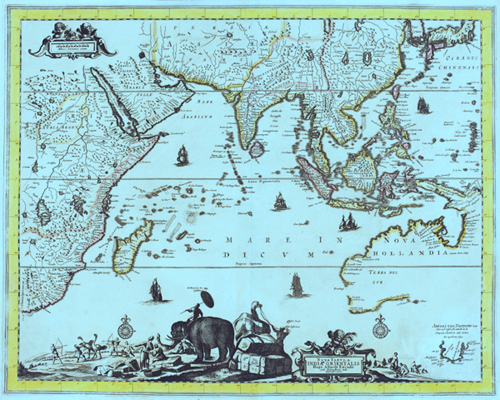

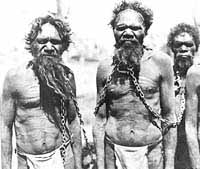
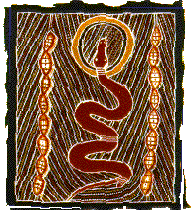


















.jpg)


























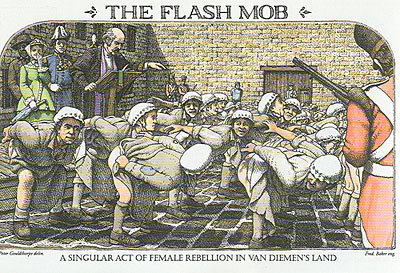
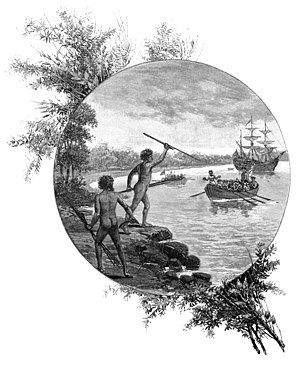 G
G







.jpg)
















No comments:
Post a Comment